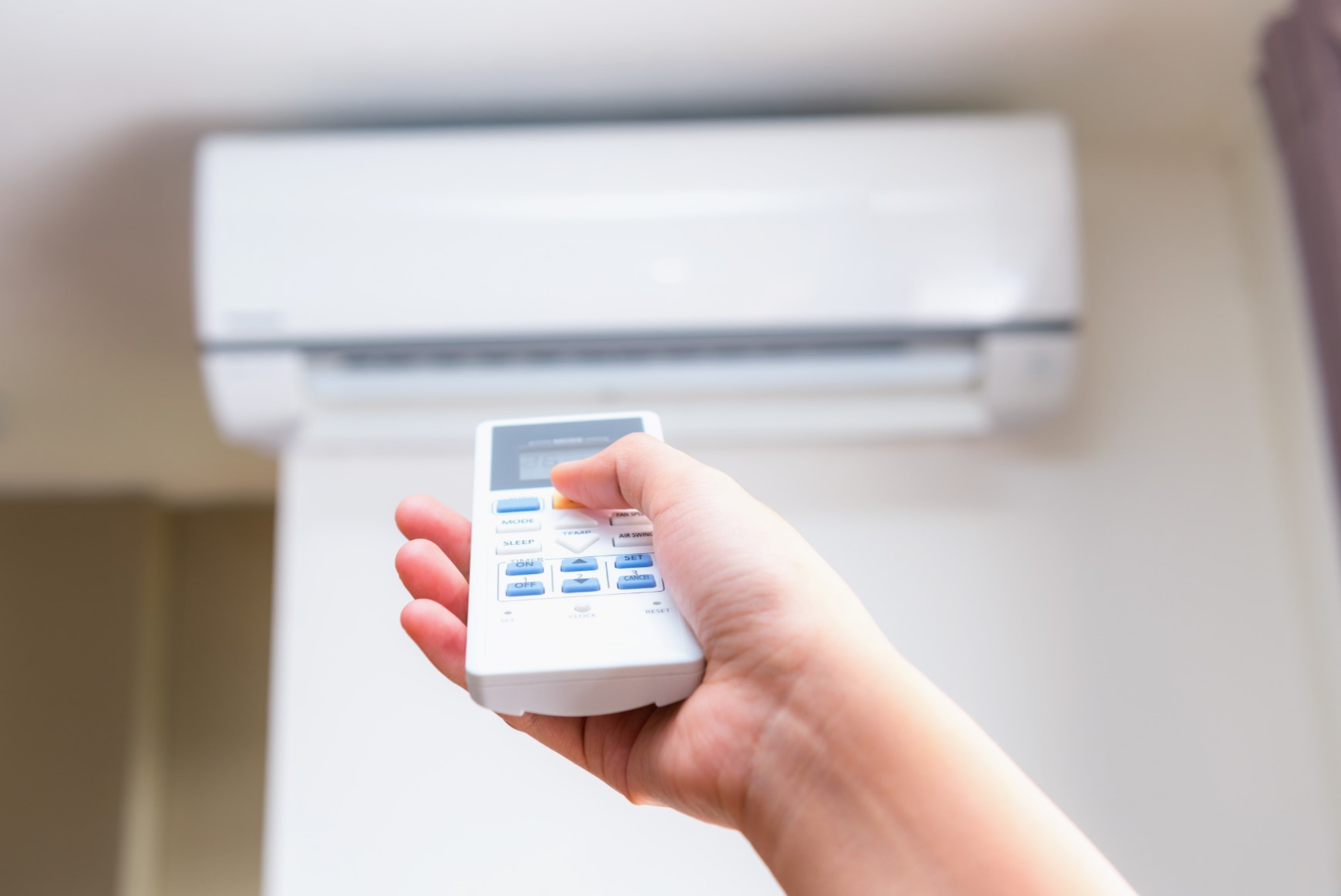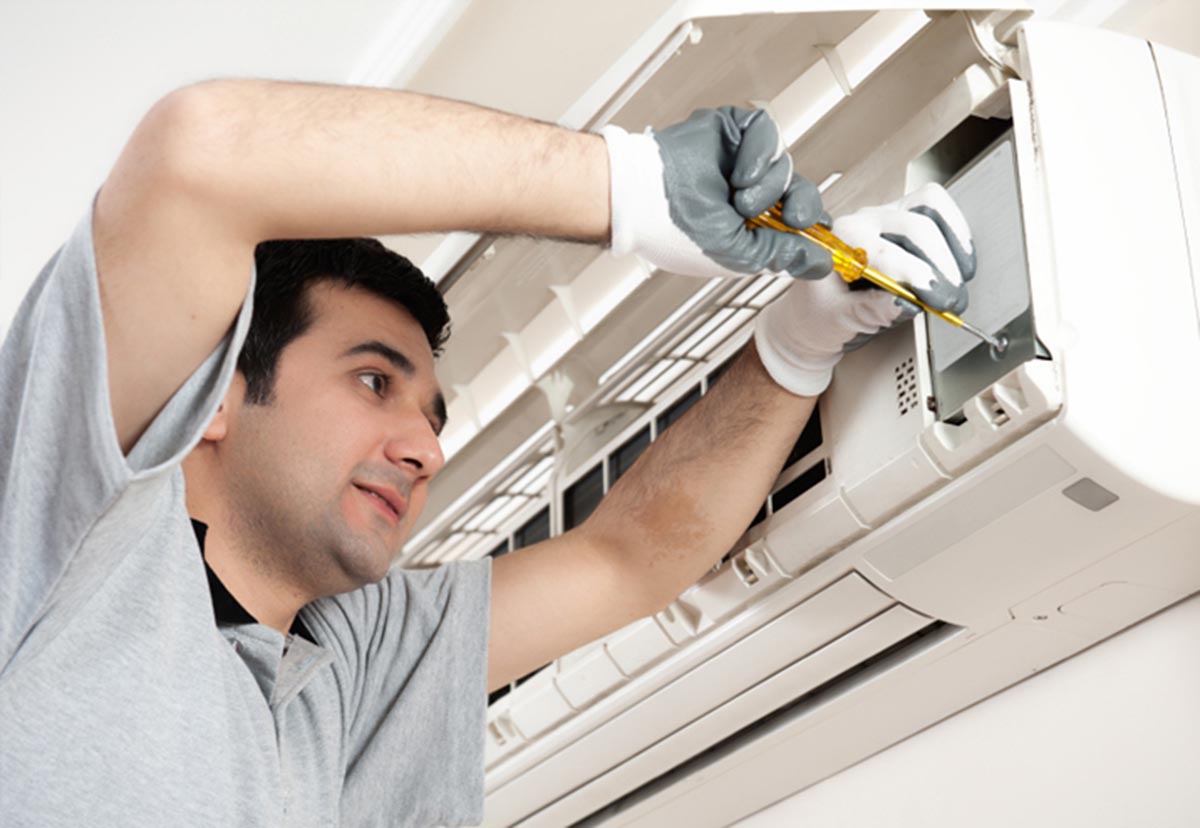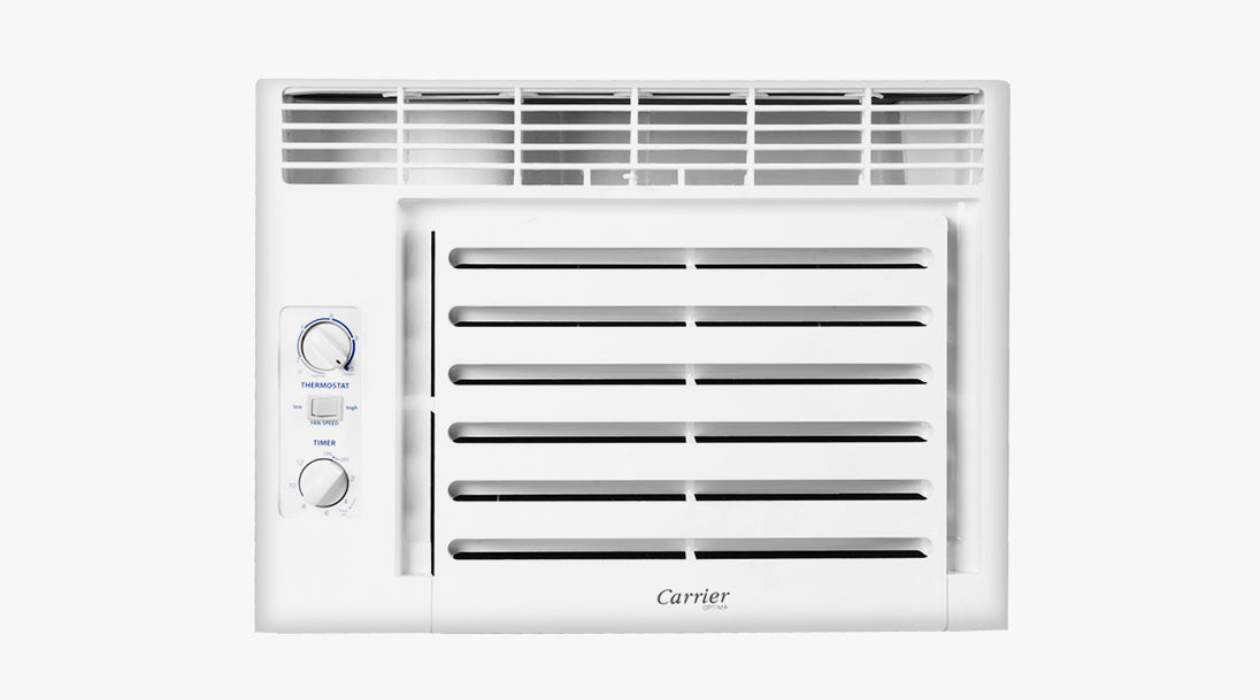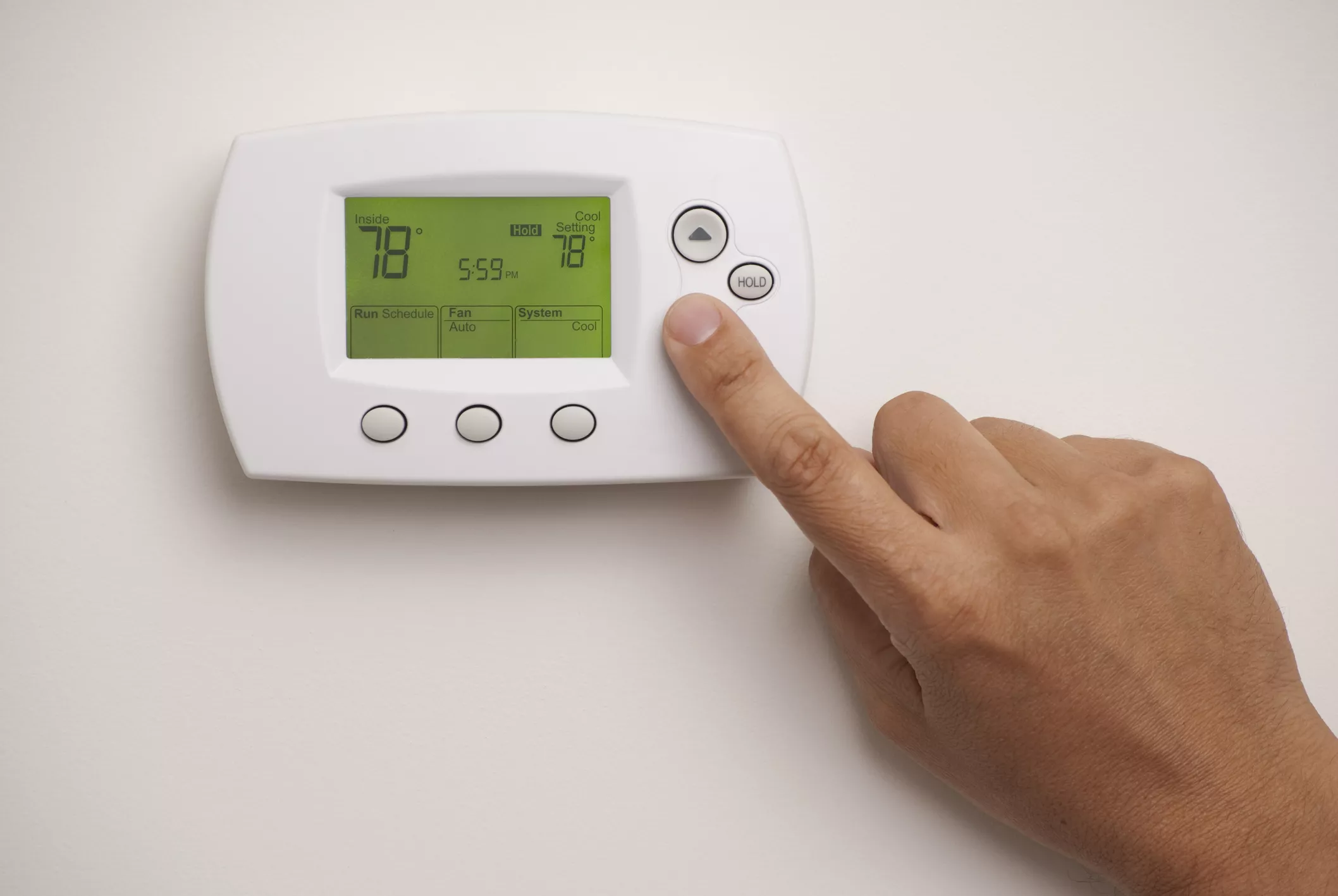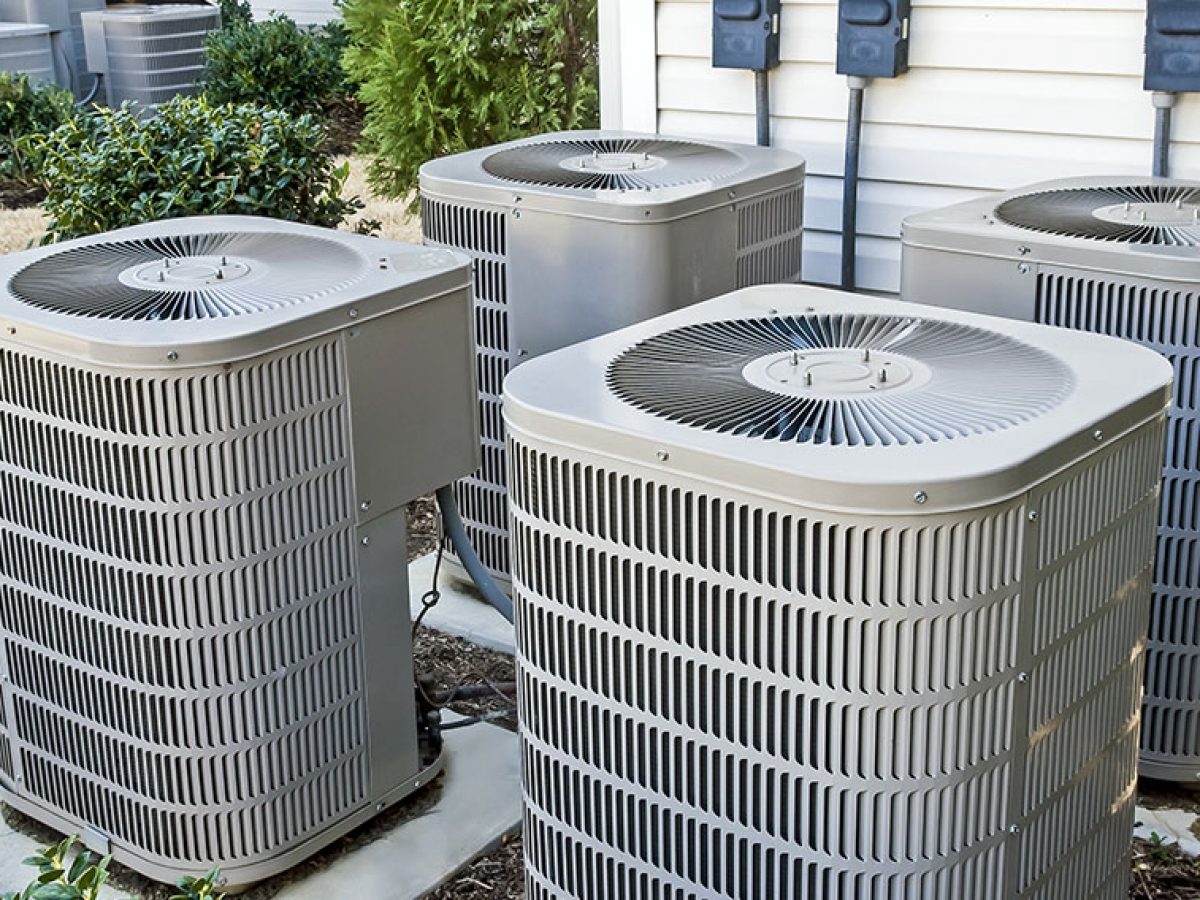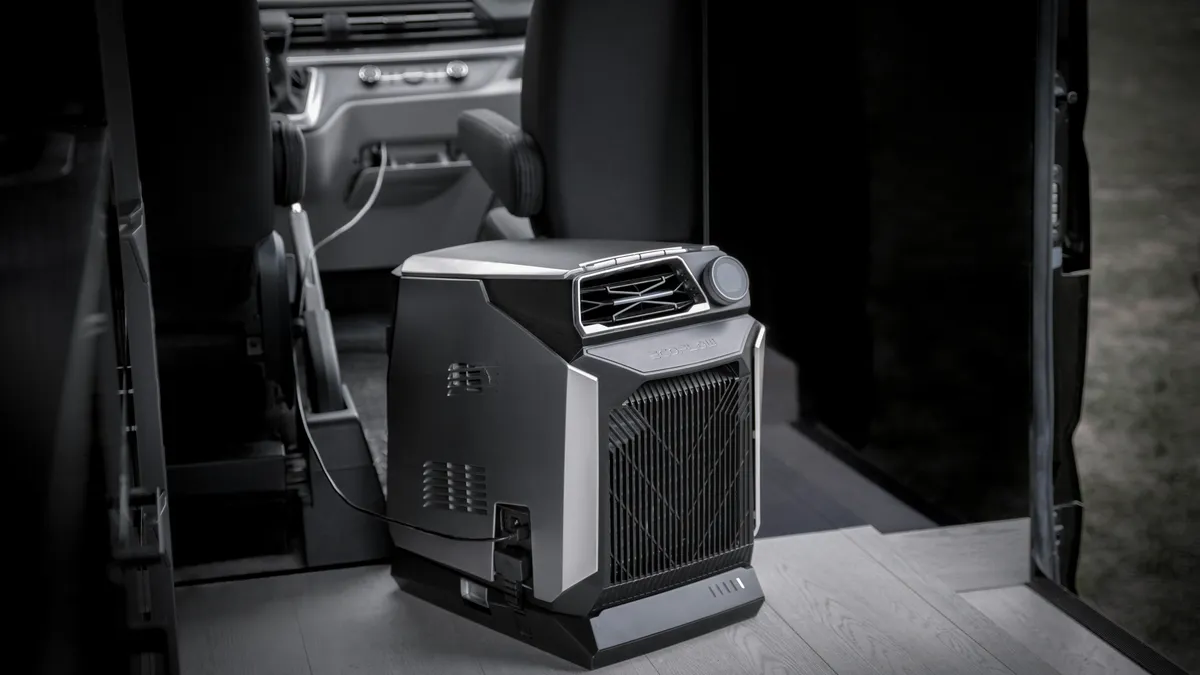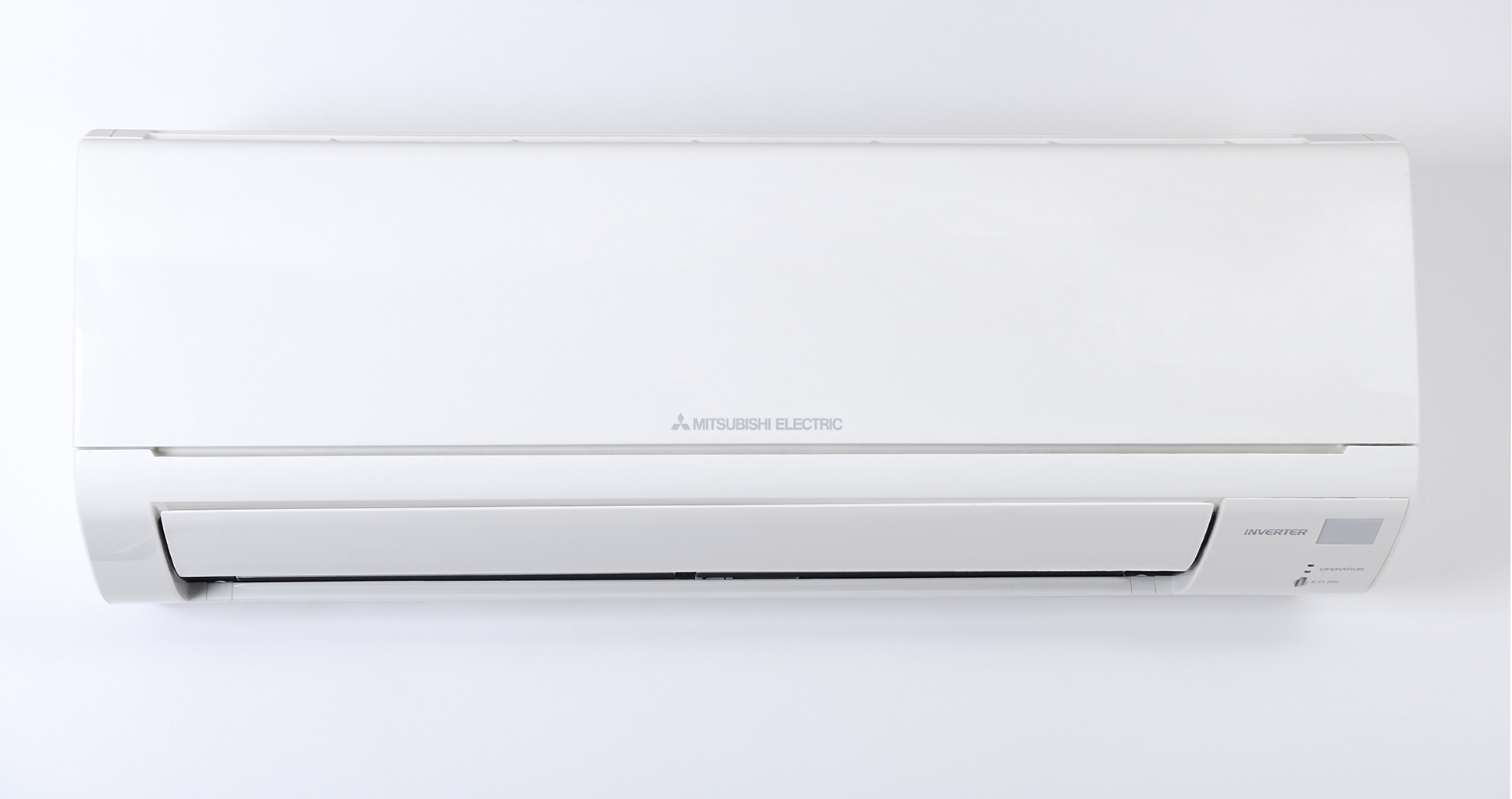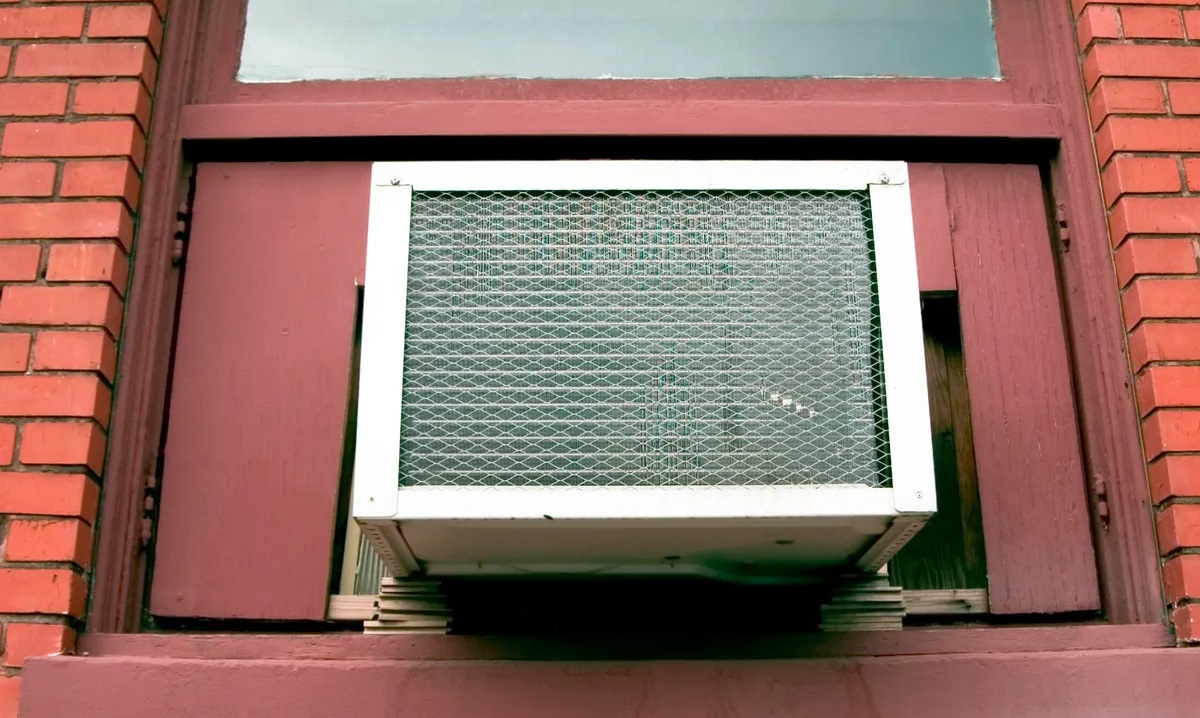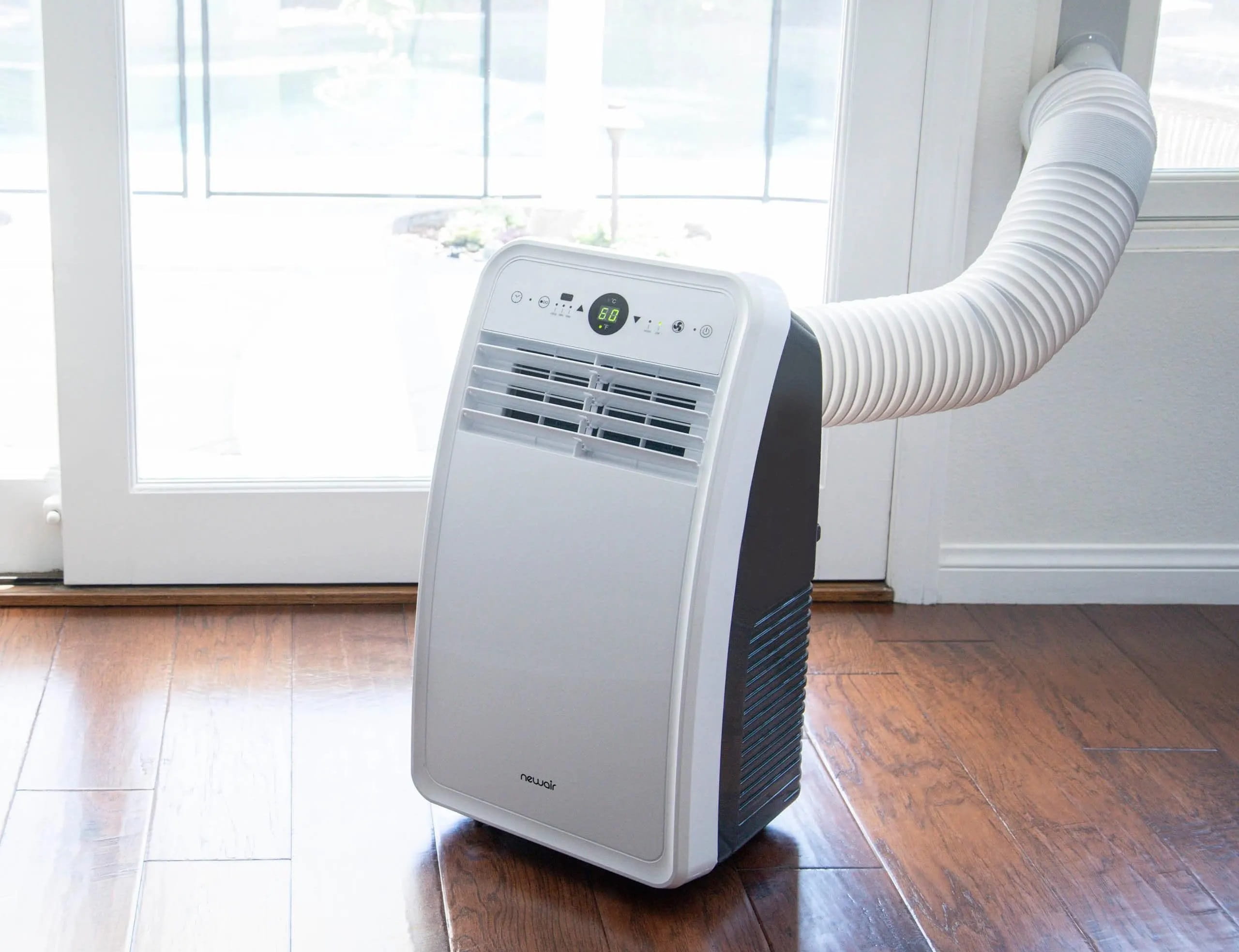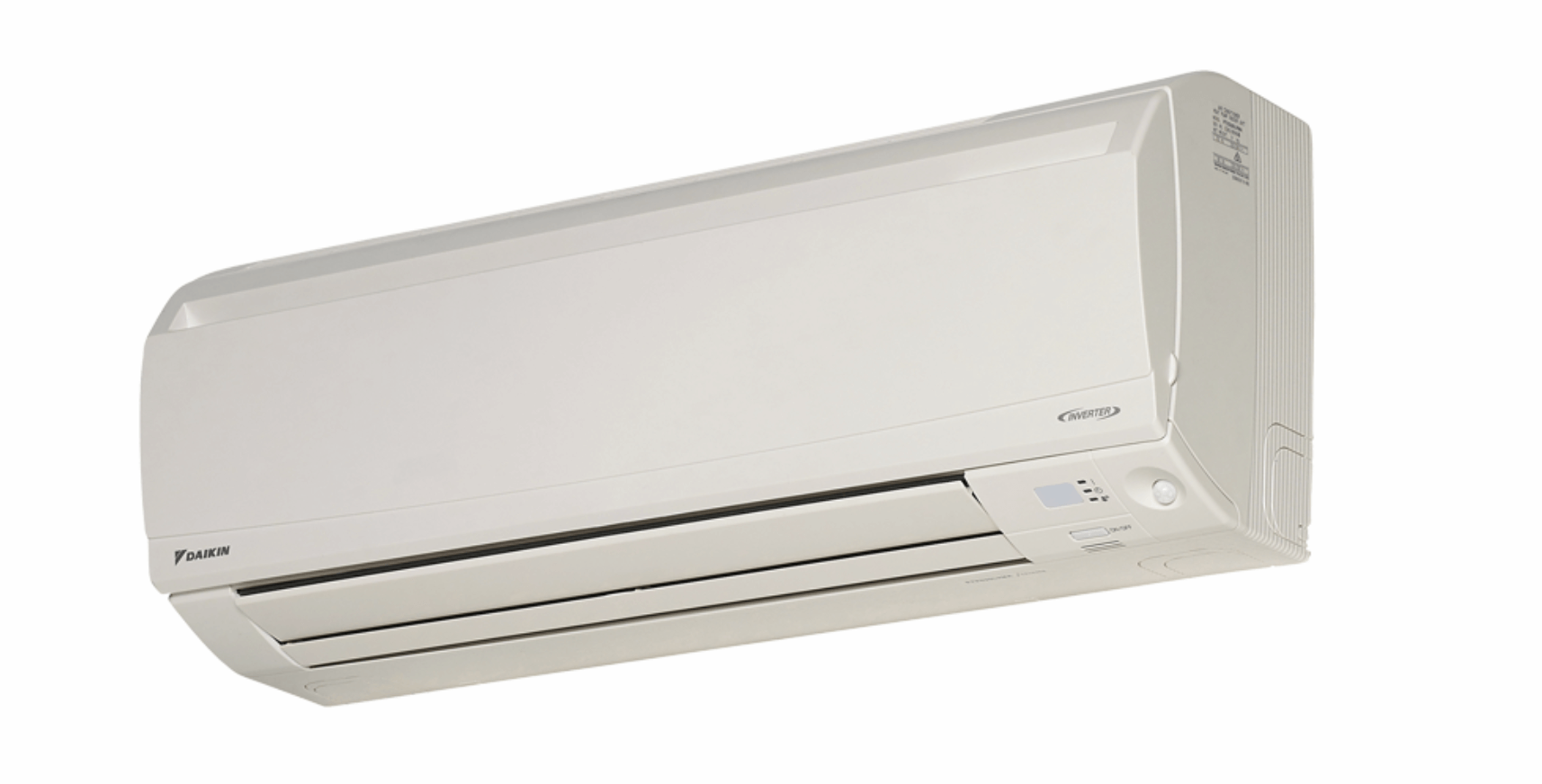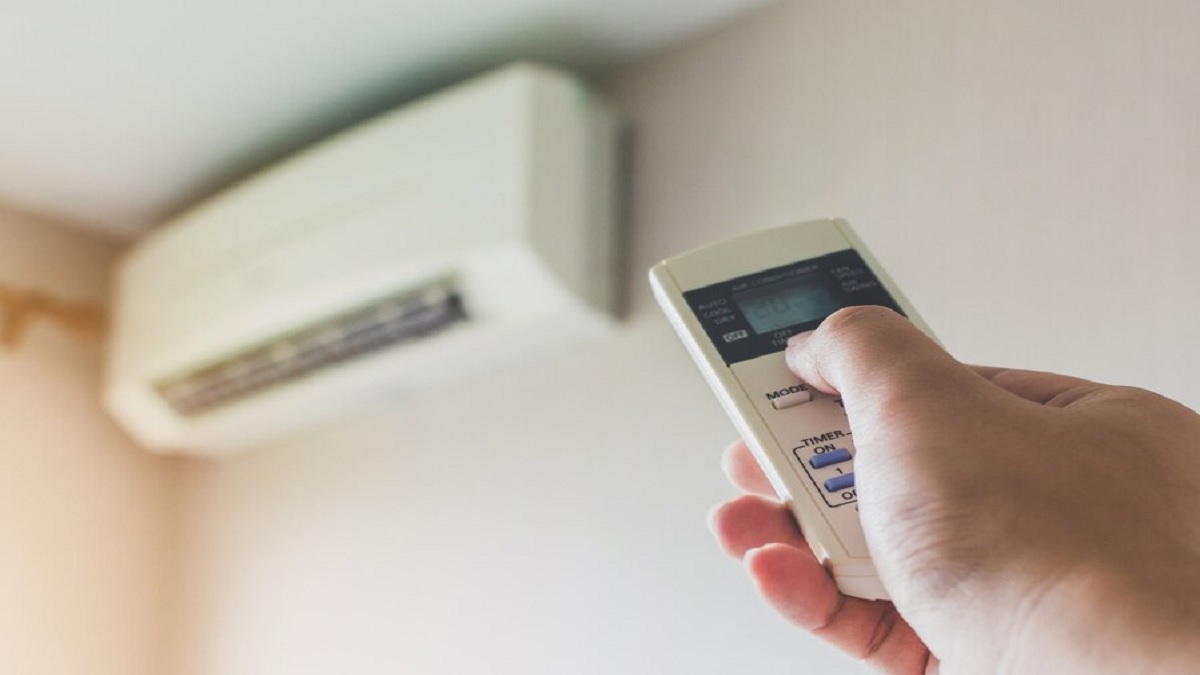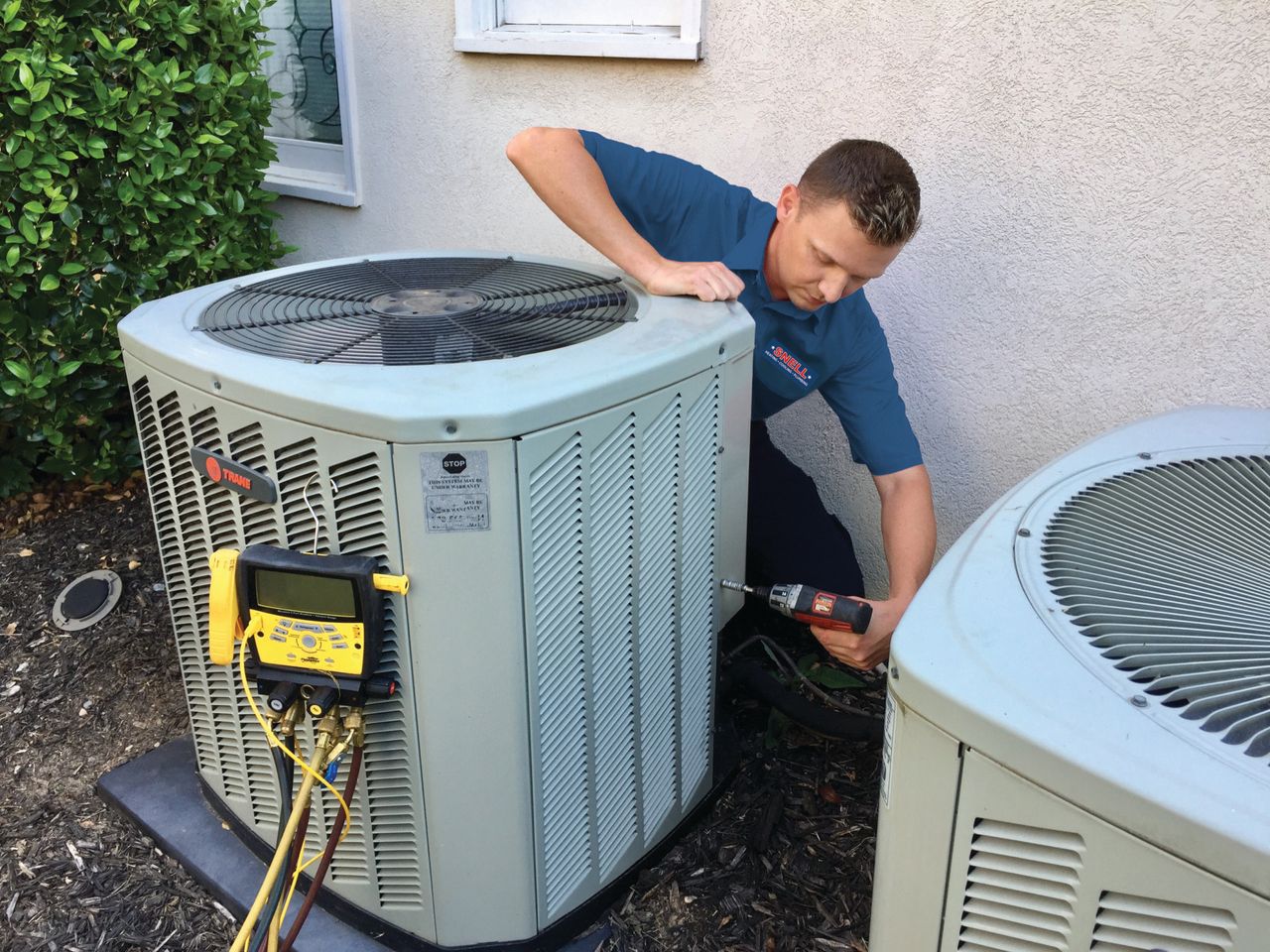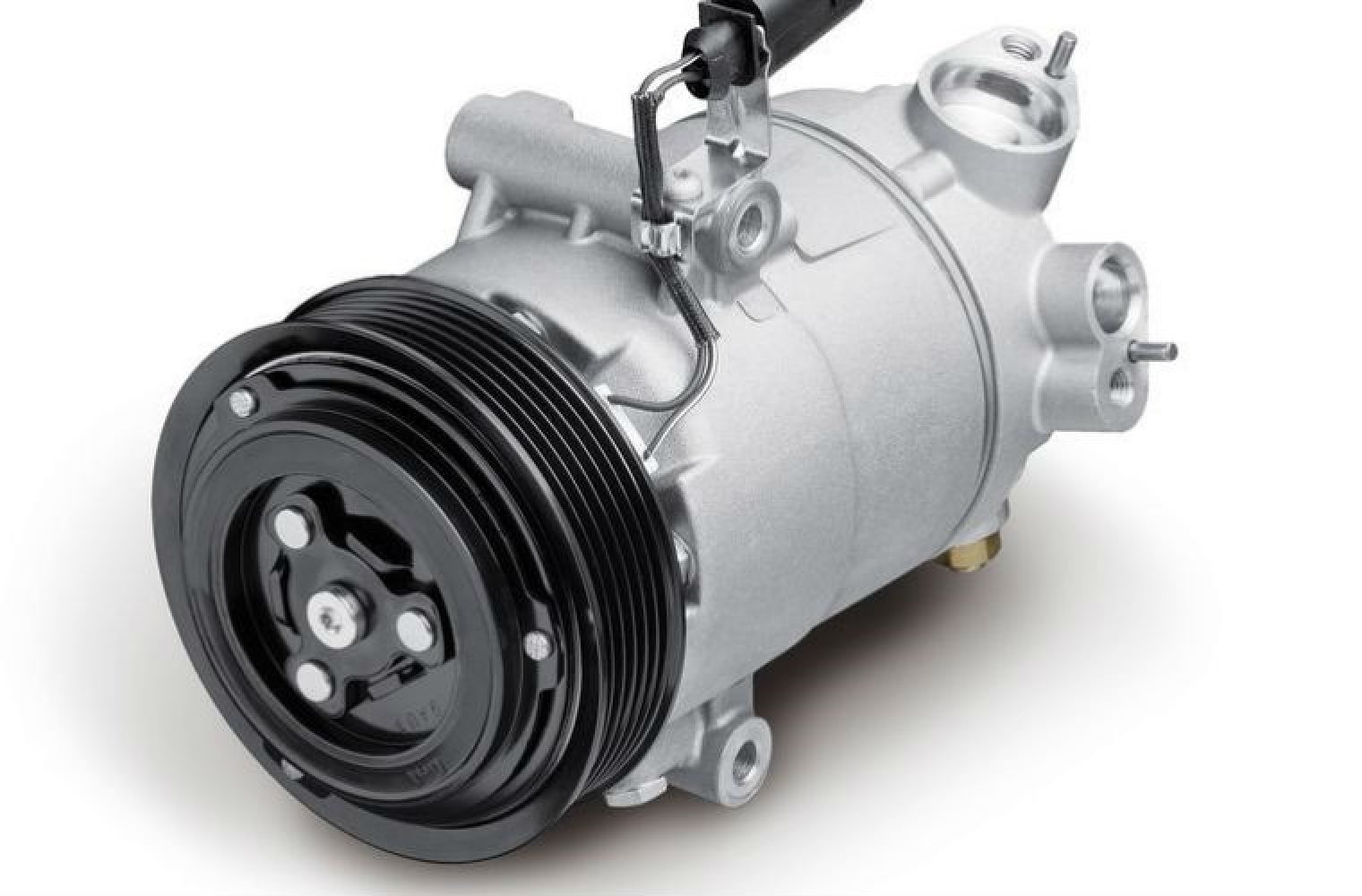Home>Home Maintenance>How To Store An Air Conditioner
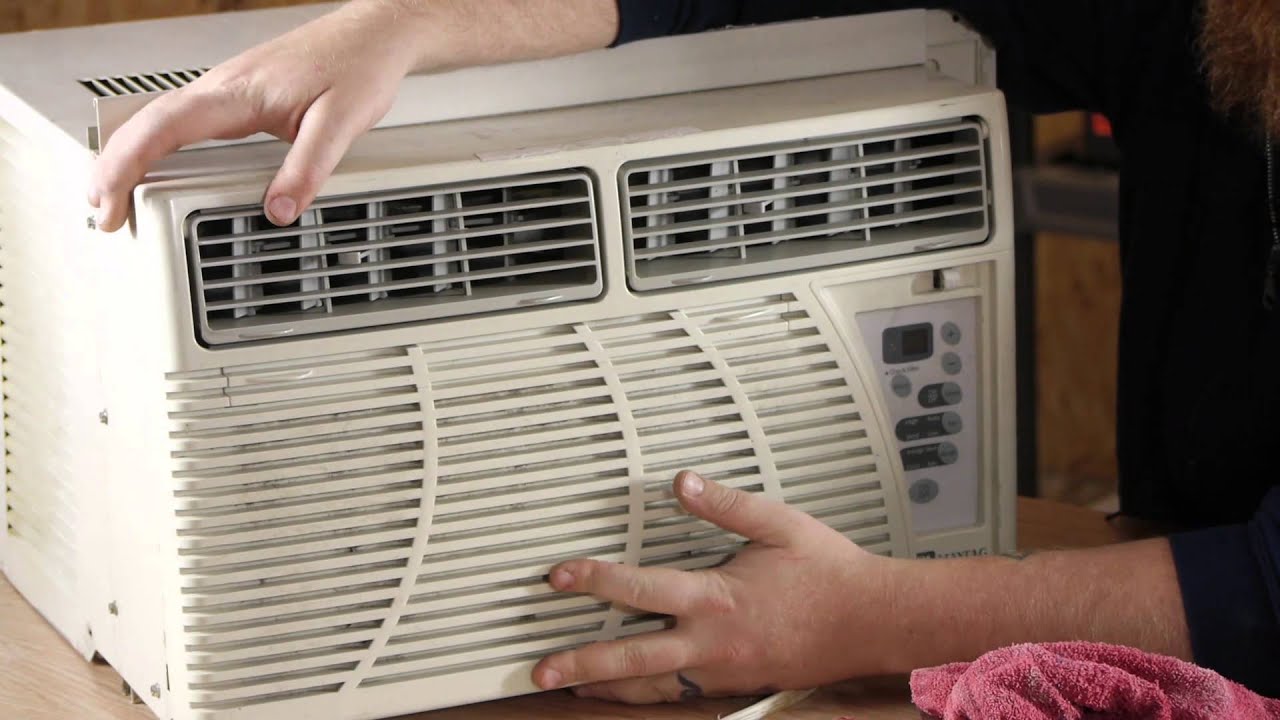

Home Maintenance
How To Store An Air Conditioner
Modified: August 28, 2024
Learn the proper way to store your air conditioner during the off-season with this comprehensive guide on home maintenance.
(Many of the links in this article redirect to a specific reviewed product. Your purchase of these products through affiliate links helps to generate commission for Storables.com, at no extra cost. Learn more)
Introduction
Welcome to the comprehensive guide on how to store an air conditioner. As the seasons change and temperatures fluctuate, it’s important to properly store your air conditioner to protect it from damage and ensure its longevity. Whether you’re storing your window unit during the winter months or putting away a portable air conditioner until the next hot season, following the right steps will help keep your unit in optimal condition.
In this article, we will walk you through the process of safely storing an air conditioner, from cleaning and preparing it for storage to choosing the right location and performing regular maintenance. By properly storing your air conditioner, you can prevent dust and debris buildup, eliminate the risk of damage from extreme temperatures or pests, and extend the lifespan of your unit.
Before we get started, it’s essential to note that every air conditioner is unique. Be sure to consult your unit’s manual for specific manufacturer instructions, as they may provide additional guidance tailored to your specific model.
Now, let’s dive into the details of how to store an air conditioner and ensure it’s ready for use when you need it.
Key Takeaways:
- Properly storing an air conditioner is essential for its longevity and performance. Follow safety precautions, clean the unit, choose a suitable storage location, and perform regular maintenance to ensure it stays in optimal condition.
- Prioritize safety, clean and prepare the air conditioner, choose a suitable storage location, and perform regular maintenance to ensure it remains in optimal condition during storage. Remember to consult the manufacturer’s instructions for specific guidance.
Read more: How To Store Portable Air Conditioner
Safety Precautions
Before you begin the process of storing your air conditioner, it’s crucial to prioritize safety. Here are some important safety precautions to keep in mind:
- Ensure that the air conditioner is unplugged before starting any cleaning or storage procedures. This will help prevent electrical accidents.
- Wear protective gloves and goggles when handling the air conditioner. This will protect you from any potential sharp edges or hazardous materials.
- Only attempt to store the air conditioner if you feel physically capable of lifting and moving it. If it’s too heavy for you, seek assistance from another person.
- If you’re moving the air conditioner onto a higher surface for storage, use a sturdy ladder or step stool to prevent falls.
- Avoid storing the air conditioner near flammable or combustible materials. Make sure the storage area is well-ventilated and free from any potential fire hazards.
- If you’re unsure about any aspect of the storage process, consult a professional technician or refer to the manufacturer’s guidelines.
By following these safety precautions, you can minimize the risk of accidents or injuries during the air conditioner storage process. Remember, safety should always be the top priority.
Tools and Materials Needed
Before you begin the process of storing your air conditioner, it’s helpful to gather all the necessary tools and materials. Here’s a list of what you’ll need:
- Cleaning supplies: This includes a soft cloth or sponge, mild soap or detergent, and water. Avoid using harsh chemicals or abrasive cleaners, as they can damage the unit’s components.
- Protective cover: A waterproof and breathable cover will help protect your air conditioner from dust, moisture, and potential damage while in storage.
- Storage space: Choose a suitable area to store your air conditioner. It should be dry, cool, and free from extreme temperatures, humidity, and pests.
- Sturdy platform or shelf: If you plan to elevate the air conditioner during storage, make sure you have a stable platform or shelf that can support its weight.
- Transportation equipment: If you need to move the air conditioner to a different location for storage, have a dolly or hand truck available to make the task easier.
Having these tools and materials ready will ensure a smoother and more efficient storage process for your air conditioner.
Step 1: Cleaning the Air Conditioner
Before you store your air conditioner, it’s essential to give it a thorough cleaning to remove any dirt, dust, and debris that may have accumulated. Follow these steps to clean your air conditioner:
- Turn off and unplug the air conditioner: Start by turning off the unit and unplugging it from the power source. This will ensure your safety during the cleaning process.
- Remove the filter: Most air conditioners have a removable filter that should be cleaned regularly. Consult your unit’s manual for instructions on how to remove the filter.
- Clean the filter: Use a soft cloth or sponge to gently clean the filter. If the filter is heavily soiled, you can wash it with mild soap and water. Allow the filter to dry completely before reusing it.
- Wipe the interior: Use a soft cloth or sponge dampened with mild soap and water to wipe the interior surfaces of the air conditioner. Pay special attention to areas prone to dirt and dust accumulation.
- Remove debris: Carefully inspect the air conditioner for any debris, such as leaves or small twigs, and remove them with a soft brush or vacuum cleaner with a brush attachment.
- Clean the exterior: Wipe the exterior surfaces of the air conditioner with a clean, damp cloth to remove any dirt or dust. Avoid using harsh cleaners or abrasive materials that could damage the unit’s finish.
By cleaning your air conditioner before storage, you’ll prevent the buildup of dirt and ensure that it’s ready to use when the next cooling season arrives.
Step 2: Removing the Air Conditioner
Once you have cleaned your air conditioner, the next step is to safely remove it from its installation location. Follow these steps to remove your air conditioner:
- Ensure safety: Before starting the removal process, double-check that the air conditioner is turned off and unplugged to minimize the risk of electrical accidents.
- Prepare a stable surface: Find a sturdy area where you can place the air conditioner temporarily while you work. This could be a nearby table or a clean and dry floor space.
- Disconnect the unit: Depending on the type of air conditioner, there may be mounting brackets or screws that need to be loosened or removed. Carefully follow the manufacturer’s instructions to disconnect the unit from its mounting.
- Enlist help if needed: Air conditioners can be heavy and bulky, so it’s wise to have someone assist you with the removal. This will reduce the risk of injury and make the process smoother.
- Gently lift and remove: Lift the air conditioner from the mounting and carefully place it on the prepared surface. Take care not to drop or mishandle the unit, as this can cause damage.
- Store the mounting hardware: Keep the screws, brackets, or any other mounting hardware in a safe place. You will need them when you reinstall the air conditioner or if you plan to mount it in a different location.
By following these steps, you can safely remove your air conditioner without risking damage to yourself or the unit. Remember to proceed with caution and seek assistance if necessary.
To store an air conditioner, make sure to clean the unit and remove any debris. Then, cover it with a waterproof cover and store it in a dry, cool place to prevent damage.
Read more: How To Store A Window Air Conditioner
Step 3: Choosing the Storage Location
After removing your air conditioner, the next step is to find the ideal storage location. Consider the following factors when choosing the storage spot:
- Climate control: Select a storage space that is dry and free from extreme temperature fluctuations. Air conditioners are sensitive to both high humidity and freezing temperatures, so it’s important to avoid areas prone to these conditions.
- Avoid direct sunlight: Keep your air conditioner away from direct sunlight, as prolonged exposure can cause damage to the unit’s components and affect its performance.
- Pest control: Choose an area that is free from pests, such as rodents or insects, as they can cause damage to the unit. Seal any cracks or openings in the storage area to prevent pests from entering.
- Elevated position: If possible, store the air conditioner off the ground to protect it from potential water damage. Placing it on a sturdy platform or shelf can help prevent moisture buildup.
- Accessibility: Consider how easy it will be to retrieve the air conditioner when you need it again. Make sure the storage location allows for easy access without obstacles or obstructions.
Take the time to find a storage location that meets these criteria to ensure your air conditioner remains in optimal condition during its time in storage.
Step 4: Preparing the Air Conditioner for Storage
Now that you have chosen the storage location for your air conditioner, it’s time to properly prepare it for storage. Follow these steps to ensure your unit remains in good condition:
- Remove and clean the air filter: Start by removing the air filter and giving it a thorough cleaning. Refer to your unit’s manual for specific instructions on how to remove the filter.
- Inspect for any leaks or damage: Carefully examine the air conditioner for any signs of leaks or damage. Check the hoses, coils, and connections for any visible issues. If you notice any leaks or significant damage, it’s best to have a professional inspect and repair the unit before storing it.
- Drain any remaining water: If your air conditioner has a condensate drain, make sure to drain any remaining water from the unit. This will prevent stagnant water from causing mold or mildew growth during storage.
- Coil the power cord: Neatly coil the power cord and secure it with a twist tie or Velcro strap. This will prevent it from becoming tangled or damaged during storage.
- Protect the unit: Cover the air conditioner with a specialized air conditioner cover or a waterproof and breathable tarp. This will shield the unit from dust, moisture, and potential debris while in storage.
- Label and store any additional parts: If you have removed any additional parts or accessories, such as remote controls or window installation kits, label and store them in a safe place. This will make it easier to find and reconnect them when you retrieve the air conditioner.
By following these steps, you will ensure that your air conditioner is properly prepared and protected for the duration of its storage.
Step 5: Storing the Air Conditioner
Now that your air conditioner is properly prepared for storage, it’s time to store it in the chosen location. Follow these steps to safely store your air conditioner:
- Place the air conditioner in the storage location: Carefully lift and place the air conditioner in the designated storage area. If you are storing it on a platform or shelf, ensure that it is stable and supported by checking for any wobbling or instability.
- Avoid placing heavy items on top: Make sure not to stack heavy items or place any objects on top of the air conditioner. This can cause damage or deformation to the unit.
- Leave some ventilation space: Allow for some ventilation around the air conditioner to prevent moisture buildup. Leave a small gap between the unit and the wall or other stored items to facilitate airflow.
- Check periodically: While the air conditioner is in storage, periodically check on it to ensure there are no signs of pests, water damage, or any other issues. This will help you address any potential problems before they escalate.
By following these steps, you can safely store your air conditioner and ensure its protection until it is needed again. Remember to be cautious and take necessary precautions when handling and storing the unit.
Step 6: Maintenance Tips for Stored Air Conditioners
While your air conditioner is in storage, it’s important to perform some maintenance tasks to keep it in good condition. Follow these maintenance tips for stored air conditioners:
- Clean the storage area: Regularly clean the storage area to avoid dust and debris buildup. This will help prevent these particles from entering the air conditioner when you retrieve it from storage.
- Check for pests: Periodically inspect the storage area for any signs of pests, such as rodents or insects. Take necessary measures to eliminate any infestations and prevent damage to the air conditioner.
- Remove the cover and inspect the unit: Every few months, remove the cover from the air conditioner and carefully inspect the unit. Look for any signs of damage, such as rust or corrosion, and address them promptly.
- Test the unit before use: Before reinstalling or using the air conditioner after storage, test it to ensure it is in proper working condition. Check for any unusual noises, leaks, or malfunctions. If any issues are detected, consult a professional technician for assistance.
- Perform regular maintenance: Once the air conditioner is back in use, adhere to a regular maintenance schedule. This includes cleaning or replacing the filter, checking and cleaning the coils, and ensuring proper airflow.
By following these maintenance tips, you can prolong the lifespan of your air conditioner and ensure its optimal performance when you need it again.
Read more: How To Scrap An Air Conditioner
Conclusion
Properly storing an air conditioner is crucial for its longevity and performance. By following the steps outlined in this guide, you can ensure that your air conditioner remains in optimal condition during its time in storage. Cleaning the unit, removing it safely, choosing an appropriate storage location, and preparing it for storage are all important steps to take. Additionally, performing regular maintenance and inspections while the air conditioner is in storage will help prevent any potential issues.
Remember to prioritize safety when handling and storing your air conditioner. Wear protective gear, unplug the unit before starting any procedures, and seek assistance if needed. Taking the time to clean, prepare, and store your air conditioner properly will pay off when you’re ready to use it again, as it will be free from dust, debris, and damage.
Do keep in mind that each air conditioner is unique, so it’s essential to consult the manufacturer’s instructions and guidelines specific to your unit. They may provide additional recommendations or precautions that are specific to your air conditioner’s make and model.
By following the steps and tips outlined in this guide, you can ensure the longevity and performance of your air conditioner, ultimately saving you time and money in the long run. Store your air conditioner with care, and when the need arises, you’ll have a well-preserved unit ready to cool your space effectively.
Frequently Asked Questions about How To Store An Air Conditioner
Was this page helpful?
At Storables.com, we guarantee accurate and reliable information. Our content, validated by Expert Board Contributors, is crafted following stringent Editorial Policies. We're committed to providing you with well-researched, expert-backed insights for all your informational needs.
